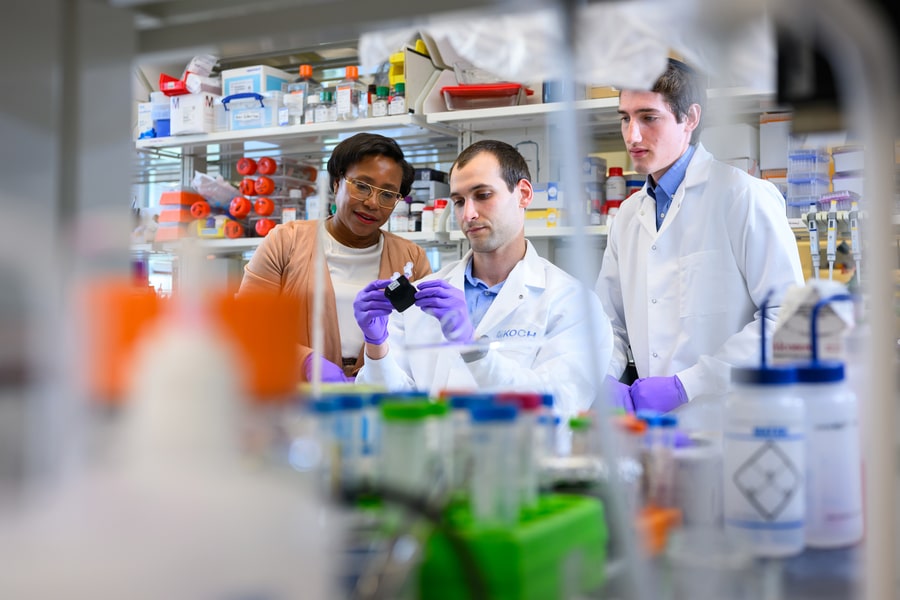A breakthrough in nanoparticle manufacturing could accelerate cancer drug development by enabling targeted delivery directly to tumors—making large-scale testing of new treatments more feasible than ever before.

Researchers at MIT have made a major leap in cancer treatment technology by developing a scalable method for manufacturing drug-loaded nanoparticles. These polymer-coated nanoparticles, designed to target tumors while minimizing side effects, are showing strong potential, particularly for ovarian cancer.
Over the past decade, MIT Institute Professor Paula Hammond and her team have pioneered a technique called layer-by-layer (LbL) assembly to create nanoparticles with precise architecture. Each layer of these particles can be embedded with therapeutic drugs and targeting molecules, allowing them to home in on tumors and release their payload locally.
While these particles have shown success in mouse models, translating them for clinical use required overcoming manufacturing hurdles. Traditional LbL assembly is time-consuming and labor-intensive, limiting scalability. To address this, the researchers have now developed a microfluidic mixing technique that allows rapid, large-scale production. The new system adds polymer layers as particles flow through a microchannel, eliminating the need for purification after each step and aligning with FDA good manufacturing practices.
“We’re really excited with the recent results, especially in treating ovarian cancer,” Hammond said. “This new approach moves us closer to clinical applications by enabling efficient and consistent production.”
Using this method, the team can produce enough nanoparticles for around 50 doses in just minutes—drastically improving upon the previous process that took nearly an hour. In tests, the new particles, loaded with the cytokine IL-12, matched the performance of their predecessors. They attach to cancer cells without entering them, activating the immune system at the tumor site. In mouse models, this led to delayed tumor growth and even potential cures.
The team has filed for a patent and is exploring commercialization through MIT’s Deshpande Center. While ovarian cancer is their initial focus, the technology could be applied to other cancers like glioblastoma. With support from NIH and other institutions, this innovation marks a significant step toward personalized and effective cancer therapies.








